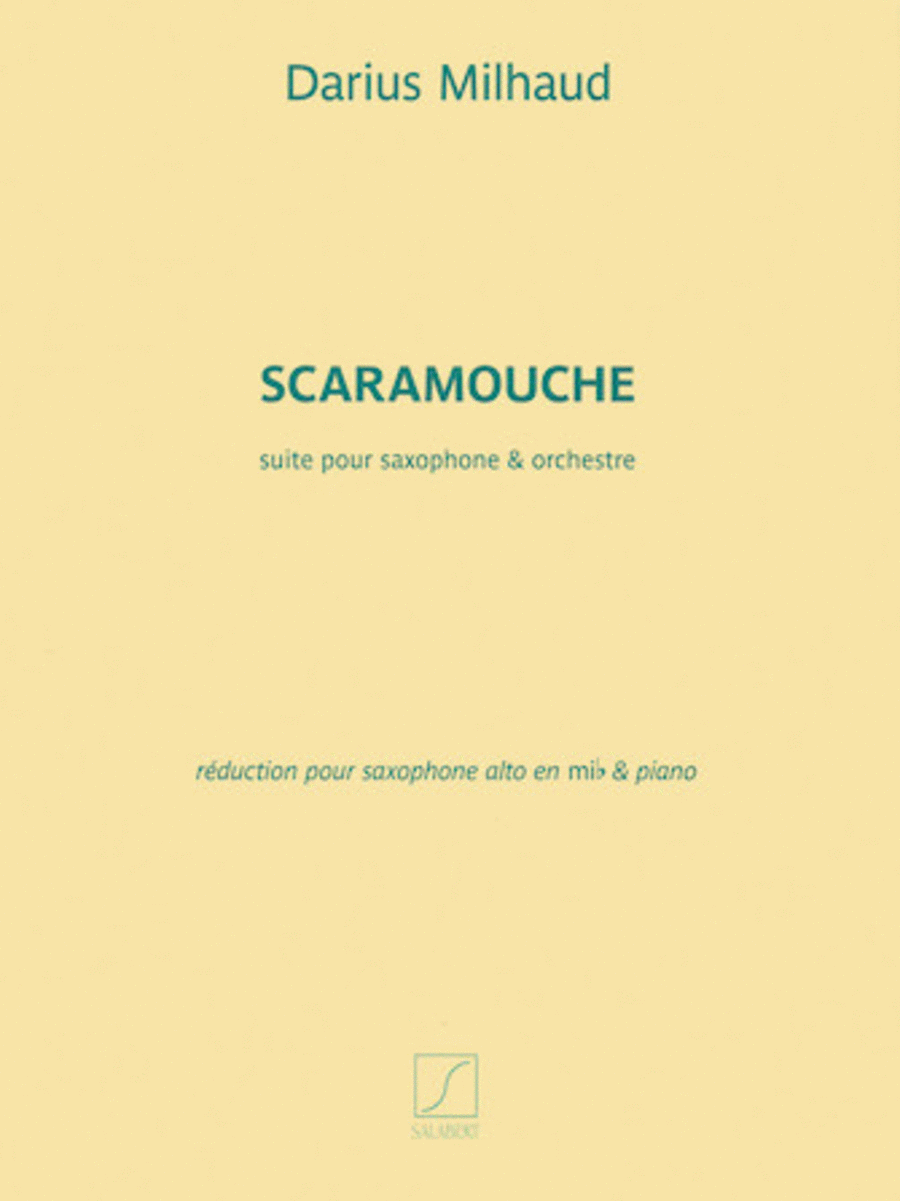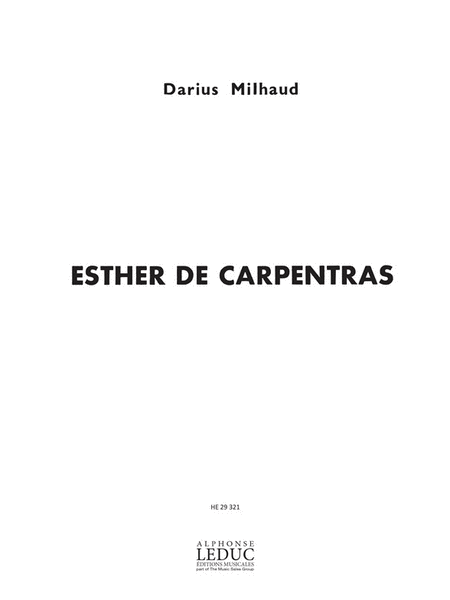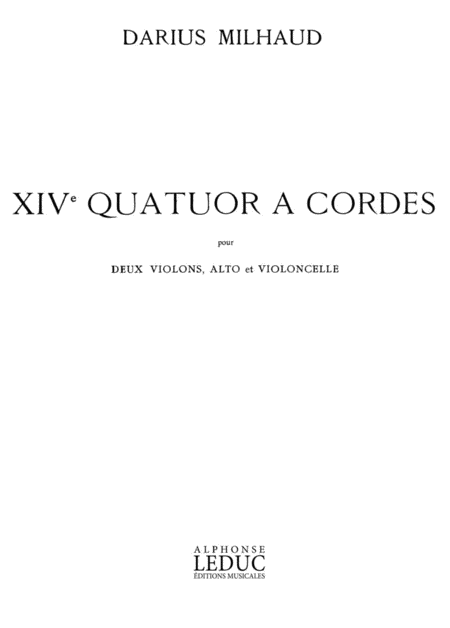usa zone
Free sheet music of Darius Milhaud - Piano (1999).
Darius Milhaud (1892 - 1974)
 France
France
Darius Milhaud (French pronunciation: [daʁjys mijo]; 4 September 1892 ? 22 June 1974) was a French composer and teacher. He was a member of Les Six?also known as The Group of Six?and one of the most prolific composers of the 20th century. Hi ... (Read all)
 France
FranceDarius Milhaud (French pronunciation: [daʁjys mijo]; 4 September 1892 ? 22 June 1974) was a French composer and teacher. He was a member of Les Six?also known as The Group of Six?and one of the most prolific composers of the 20th century. Hi ... (Read all)
Free sheet music of Darius Milhaud - Piano (1999).
6 sheets found sorted by:
Search
© 2000 - 2024
Home - New releases - Composers
Legal notice - Full version



















 SHEET MUSIC
SHEET MUSIC